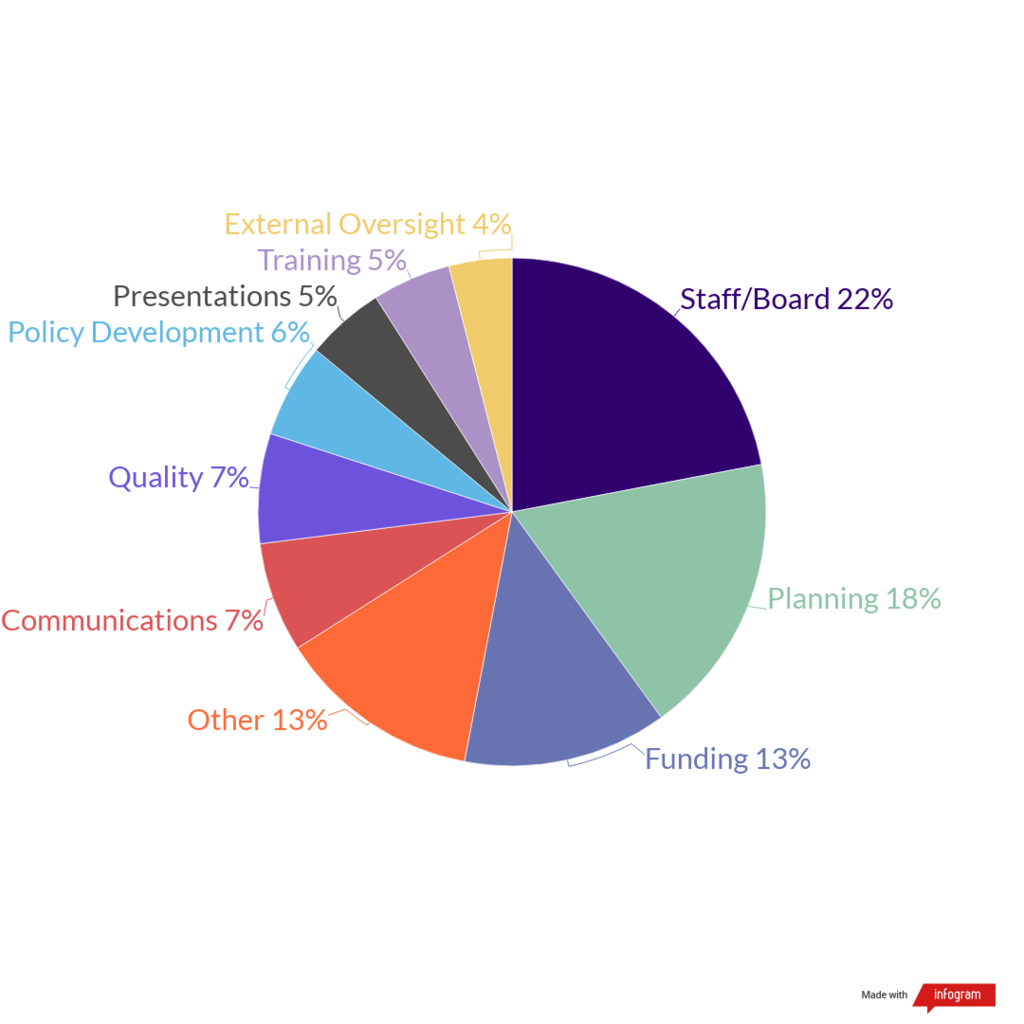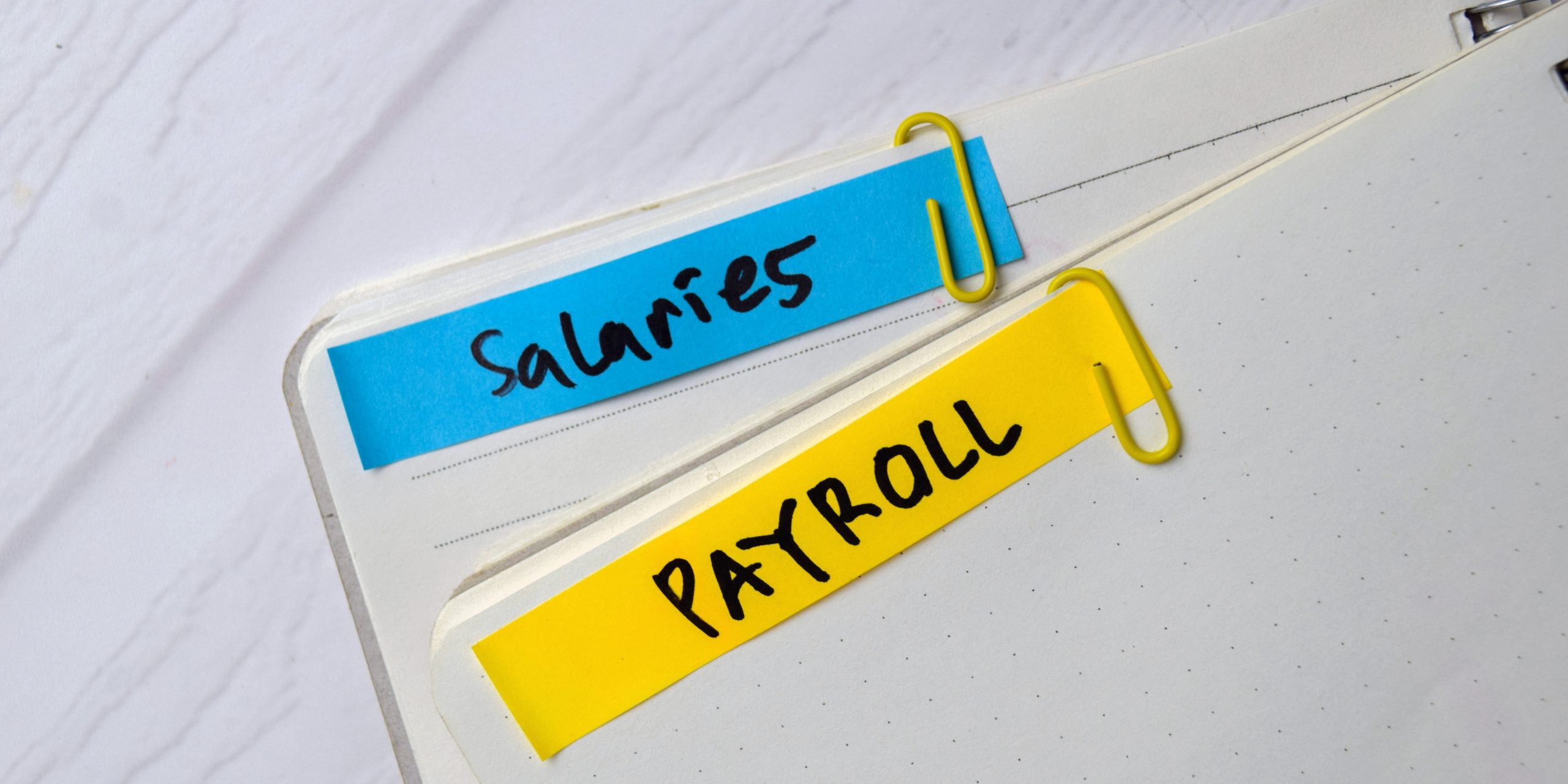The Secret Lives of the Self-Study
Self-Study [n]. The collection of evidence that COA-accredited organizations put together prior to their Site Visit that shows how they are implementing best practice standards.
We at COA know that generating the Self-Study is a both a challenging and enlightening process for organizations, and we regularly hear from about the value that it brings even after achieving accreditation. That got us thinking; we wanted to dig deeper to find out how organizations were continuing to leverage their Self-Studies after the accreditation process was complete.
In March 2020, we put out a call for organizations to share all the ways that the Self-Study lives and continues to impact their organization beyond accreditation. We partnered with the Alliance for Strong Families and Communities (the Alliance), one of our founding Sponsoring Organizations, who maintain a library of Self-Studies that are accessible to their members. It was wonderful to see the second lives that Self-Studies take on, helping organizations to continue grow and thrive by informing a wide range of functions. And no, using the Self-Study (which can be quite a large collection of evidence) as a doorstop or flyswatter was not mentioned.
The Alliance Self-Study Library
The Alliance Self-Study Library is a valuable resource for member organizations, providing a wealth of information and documentation. The library contains approximately 3,500 COA Self-Study documents and 66 Self-Studies from member organizations, with confidential information removed before archiving. All materials are digitally archived, and documents can be pulled for member requests.
The Self-Study Library can be helpful for Alliance members completing their own Self-Studies, or for developing policies and procedures for their own organizations. Organizations have also used the information for creating job descriptions, developing strategic or fundraising plans, and board books – giving members insights into how other organizations have strategized or used resources in innovative ways. If you are a member of the Alliance, please e-mail the library with any questions or to submit your Self-Study documentation.

Now on to our survey results…
How organizations reuse their Self-Study
We received more than 50 individual uses of the Self-Study from COA-accredited organizations in the United States and Canada. 22% were focused on providing information to internal staff and board members. More specifically, organizations use them for orientations and manuals/resource development. A couple of organizations even use them as trivia fodder when preparing for Site Visits – or during team building or staff activities – to showcase how well employees know the organization. The Self-Study has been described as the go-to document that many people look for when starting at a new organization, because it provides a comprehensive look into the organization itself and gets them up to speed quickly.
“There is nothing that should be outside the accreditation process, as the accreditation process encompasses everything we do.”
-Survey respondent
On the planning-side, 18% of responses focused on the Self-Study as a planning resource. In particular, organizations use it for strategic plan development, including providing it to planning consultants when working with external partners.
13% of responses focused on funding-related uses for the Self-Study. Organizations noted that it helps to open up funding opportunities, since it documents the high standards of services that they are providing. The Self-Study information also helps to facilitate the completion of grant applications and informs reporting to large funders.
“It’s a great reference tool for grant applications. Sometimes I’ll recall something I wrote in the Self-Study that perfectly fits a question in a grant application.”
-Survey respondent
The Other section (13%) provided some very interesting ideas for Self-Study uses we hadn’t thought of. This included using them in social work-focused higher education, where an anthology of Self-Study documents could be analyzed for a leadership or organizational structure class. For organizations that are considering accreditation, it helps them to become more familiar with the process and the importance of looking at the whole organizational structure. Outside of accreditation, reviewing the Self-Study of an established organization can also serve as a reference guide for newly formed organizations as it helps to inform best practices. Accreditation Site Visits are not the only visits, audits, or other reviews that organizations are faced with, and the Self-Study can help to prepare for these.
“[The Self-Study] is a great way to keep the organization accountable to administrative areas that may fall through the cracks otherwise (especially in HR and PQI).”
-Survey respondent
The use of the Self-Study to inform communication strategies (7%) and outreach was another interesting way organizations leverage the Self-Study information. Organizations use their Self-Study to inform their website content, external marketing materials (in particular the narratives), their newsletters, and materials distributed to their volunteers. It is also a useful tool for communicating with government officials about how their decisions inform the work that organizations conduct.
The Self-Study also plays a role when it comes to quality improvement. 7% of organizations use it to help program directors begin to identify areas for improvement, learn more about best practices, and improve upon an agency’s policies and procedures. These organizations recommend that it should be shared with both internal and external stakeholder to demonstrate continuous quality improvement.
“The Self-Study document should be a living document that is part of a continuous quality improvement process.”
-Survey respondent
To round out the uses, policy development was cited as a Self-Study use by 6% of organizations. This applies both internally and when developing policies with community partners. 5% of organizations use the Self-Study for both presentations and training. Presentations included those for stakeholders, donors, and other audiences that desire data-focused content. Trainings focused more on using the Self-Study information for internal staff trainings. Lastly, 4% of organizations noted using the Self-Study to support external oversight or licensing visits, as was alluded to in the “other” section.
“We’ve used our Self-Study during agency audits and monitoring site visits. It’s a great ‘vault’ of information on our governance and organizational structure, quality improvement activities and risk management practices.”
-Survey respondent
Conclusion
As you can see, the Self-Study’s usefulness does not end after an accreditation decision. It is the informational heart of an organization, one that can provide easy access to key information to help with everything from staff and board engagement to strategic planning and securing funding.
Thank you to all of you who took the time to share your own experiences. If you did not get a chance, please feel free to add a comment below and let us know how you use yours!



